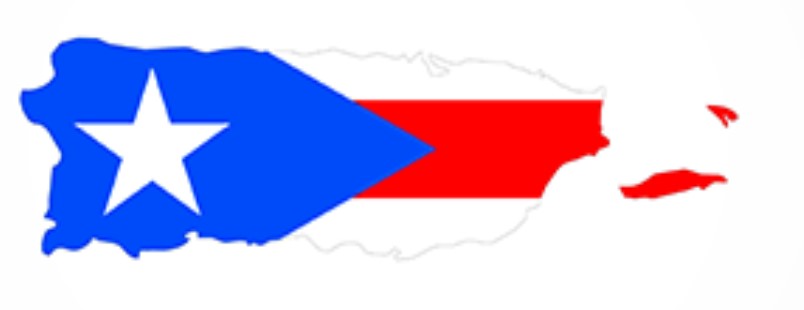
Puerto Rico, despite being well and truly its own entity, sadly only counts as a territory of the United States and does not add to my country tally.
Although Puerto Rico is an American territory, it competes as its own individual country in both the Miss Universe contests and in the Olympics. Yet another reason I think that it should count.
But wow. If this little dip of the toe into the water of visiting Puerto Rico is any sort of glimpse, the place is amazing. It is the smallest island of the Greater Antilles in the Caribbean and sits a bit east of the Dominican Republic. The temperature permanently sits in the 20’s and 30’s all year round. There are around 3.2 million people in Puerto Rico, and close to 5 million Puerto Ricans living in the U.S.
The Island has almost 300 miles of coastline and nearly the same number of beaches. And being ostensibly American, it has the largest shopping centre in the Caribbean.
San Juan
Our entrance to Puerto Rico was on a cruise ship (along with 2 others on the same day) which saw us coming into the port of San Juan. A really lovely (not so) little town that saw us cranking up the step count for the day considerably.






A predominately walled city there is a huge level of fortification (especially to the sea) with all of the gates and things that you would expect from such a town.




Castillo San Felipe del Morro is better known locally as El Morro. It is one of the largest fortifications built by the Spaniards in the Caribbean during the 16th century. It is made up by six staggered levels that integrate barracks, dungeons, and storerooms. It was designed to protect the city and still has some of the original cannons facing the ocean. According to the blurb in its history, El Morro was never defeated by the enemy.














The fort is massive and is set far out on the point with large green areas surrounding it. It was originally designed to protect the city from attacks from the sea.
Castillo San Cristóbal is the other fort that stands and was meant to defend from enemies approaching by land. Covering over 27 acres, this fortification is the largest one made by the Spaniards in the New World. This castle holds the famous Garita del Diablo, center to many military tales and stories in the Island.





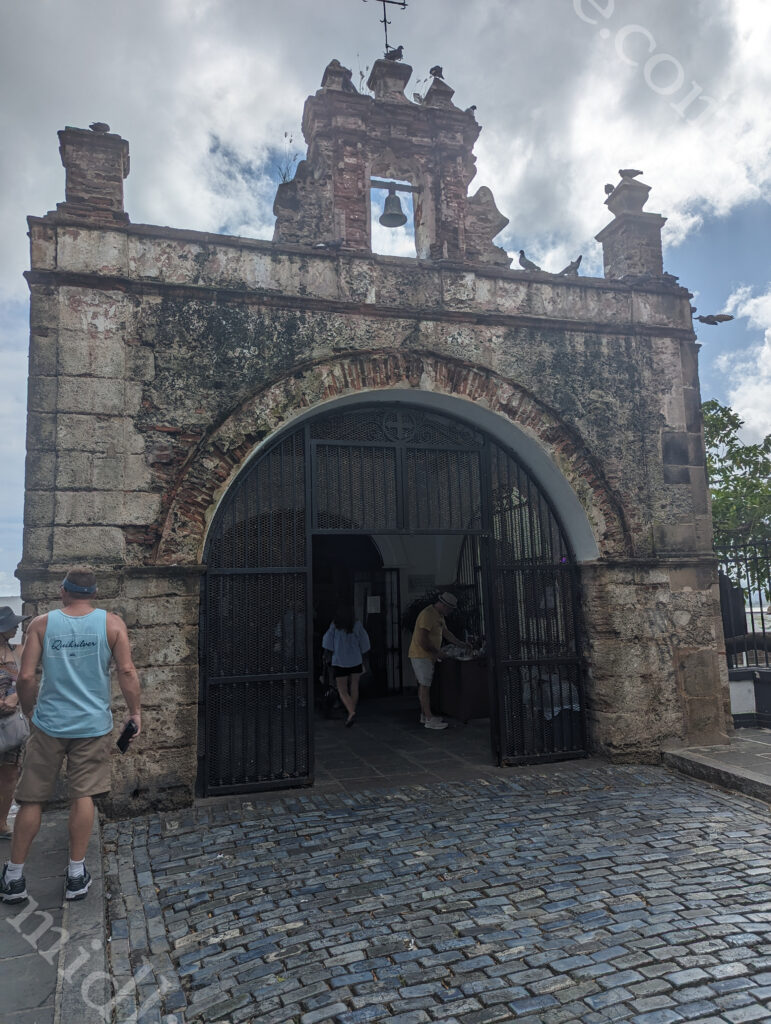
The Capilla del Cristo is a small sanctuary at the top of the walls of the city. Legend has it that two men were racing their horses down the street and one of them fell over the cliff and survived. This inspired the construction of a sanctuary dedicated to the saints of health. Its altar is made of embossed silver and the room is decorated with two José Campeche paintings.
Between the two forts, you can see the Santa María Magdalena de Pazzis Cemetery. This was established in the 19th century and was built outside the city walls because of their strong fear of the afterlife. Its oceanfront location derives from a superstitious belief that the deceased started a journey over to “the great beyond” and being close to the sea symbolised the beginning of eternity.
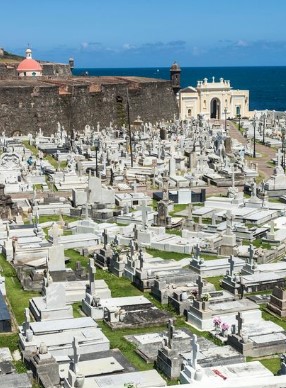
This cemetery is the final resting place of Puerto Rico’s most prominent natives and residents. A nice touch that we found was some mosaics of each town that have been laid into the footpaths along the way.











As usual, the Cathedral de San Juan takes up a prominent place in the heart of town. This one is an example of medieval architecture during the time when the Spanish ruled the New World. The Cathedral de San Juan is the second oldest church in the Americas, after the one built in the Dominican Republic.




La Fortaleza (officially El Palacio de Santa Catalina de Alejandría) is the oldest state residence of the New World still in use.
It was originally built in the mid 1500’s and has served as a fortress, a prison, and an arsenal, and is now the official residence of the Governor of Puerto Rico. This executive palace conserves traditions (such as candlelit-only dining rooms) and has original Spanish objects from the colonial era.
Calle Fortaleza (more commonly known as Umbrella Street) extends from the Governors mansion and is Instagrammers heaven. When we arrived there were hordes of them striking all the poses under the sun (never looking at the camera).
The surrounding streets are full of the funkiest restaurants in town.
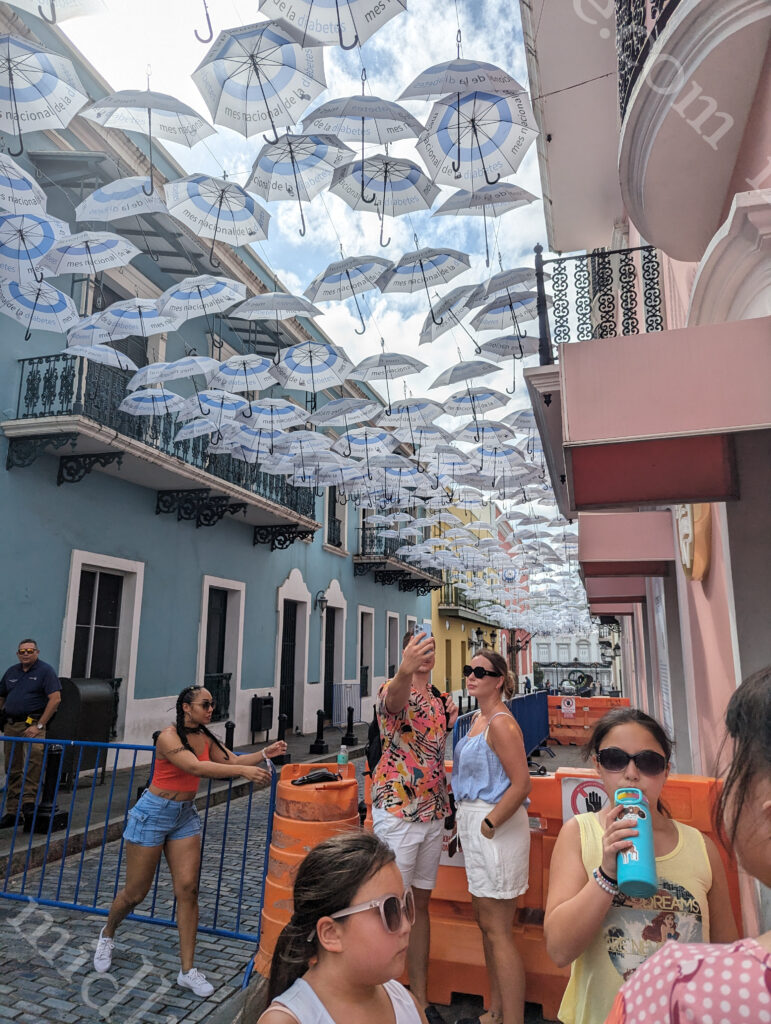
When chatting with our local barman on the boat we were told that San Juan was the original birthplace of the Piña Colada. Being the butch and manly type that I am, I am partial to a Piña Colada. To find its origin we had to hunt down the restaurant called Barrachina. Which we did, only to find that 2023 was the 60th anniversary of its invention.



Casa Blanca is the oldest residence in Old San Juan. It was once the home of the first governor and has since been converted into a museum.


In Cataño, Puerto Rico, you will find the the largest premium rum distillery (Bacardi) in the world.
Puerto Rico is also home to the only rainforest in the American National park system (El Yunque).
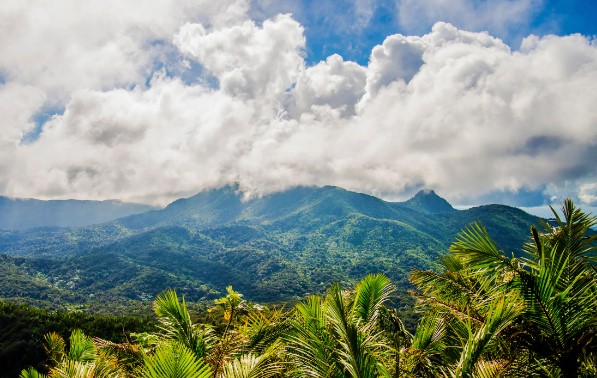
If friendliness counts for anything, then this place is amazing. The smiles and happiness that you are greeted with here is something to behold. I am very happy to come back here again and explore more of the isalnd.